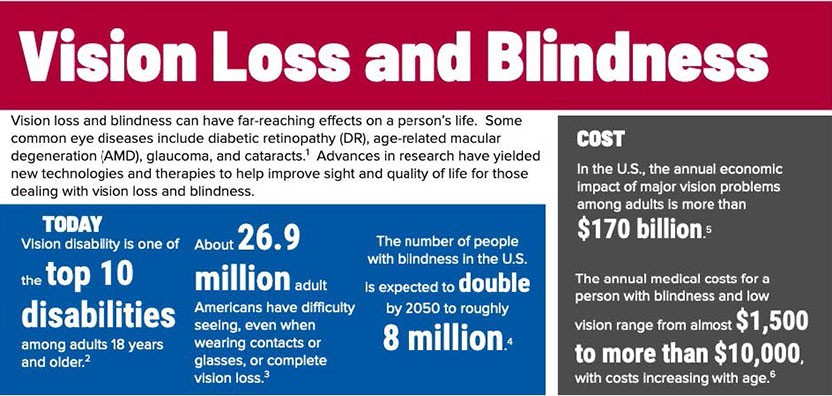The Lasker Foundation has 61 fact sheets made in collaboration with Research!America to show the importance of medical research. Get tips on how you, too, can become an advocate for research.
Then
In last month’s Newsletter, Lasker Foundation President Claire Pomeroy reflected on Mary Lasker’s “grit, guts, and determination” that were essential for seeing the 1971 National Cancer Act passed. Now, fifty years later, we can still say: advocacy works.
Now
For nearly two decades, the Lasker Foundation has partnered with Research!America, an alliance of almost 400 hospitals, scientific societies, philanthropies, research institutes, and companies dedicated to ensuring sustained funding for medical research. Member organizations help advocate for science, innovation, and discovery to achieve better health for all. To that end, The Lasker Foundation co-founded a series of fact sheets that can be used by advocates when they speak to members of Congress and other thought leaders, called “Investment in Research Saves Lives and Money.”
“You can literally see their eyes go directly to the cost and incidence statistics,” James Jorkasky, Executive Director of the National Alliance for Eye and Vision Research/ Alliance for Eye and Vision Research, said of Congressional policy staff. Each fact sheet features a description of the disease, followed by current statistics and examples of cost- and life-saving benefits of research, which serve as powerful advocacy information.

This series comprises 61 Disease Fact Sheets ranging from topics as universal as Aging to often-forgotten issues, like Neglected Tropical Diseases. Even facts about common diseases, like Vision Loss and Blindness, are met with surprise; Jorkasky said that many Congressional staff members are unaware of the facts compiled on the sheet, although they know someone with eye disease.
The fact sheets are also used to answer questions from patients’ families, as website resources, and for sharing with the public, so it is critical to keep them up to date—this is the second iteration of the fact sheets that the Lasker Foundation has co-sponsored. The fact sheets tend to build on themselves: when like-minded groups see one at a meeting, they are often inspired to share their latest data for the next edition.
Imagine
Based on a 2020 poll of U.S. adults, the majority of Americans say that the current spending to prevent, cure, and treat disease is not enough. 68% of those polled said that they would be willing to pay $1 more in taxes every week if they were guaranteed it would go to medical research.
So how can you get involved?
Nancy Ginter from Beyond Celiac says, “There always are opportunities to support bills that are related to research in general, such as signing on to support more funds for NIH. Support legislation on the state and federal level related to aspects of specific disease states. Send in letters to legislators and make calls to legislators.”
As Mary Lasker’s legacy shows, legislators do listen. Imagine what could be accomplished with a world full of tireless advocates for research funding. Imagine a world full of Mary Laskers.
